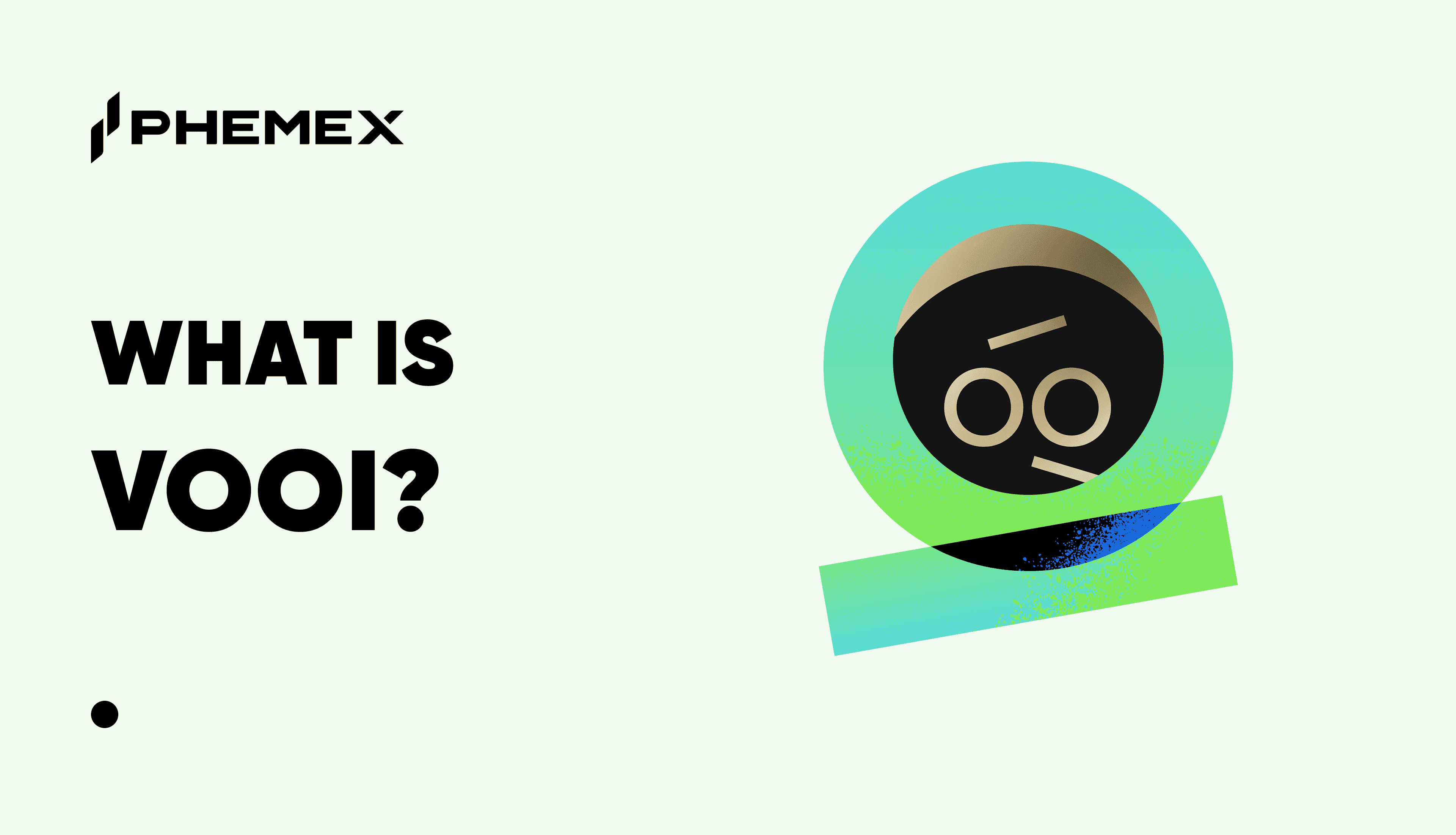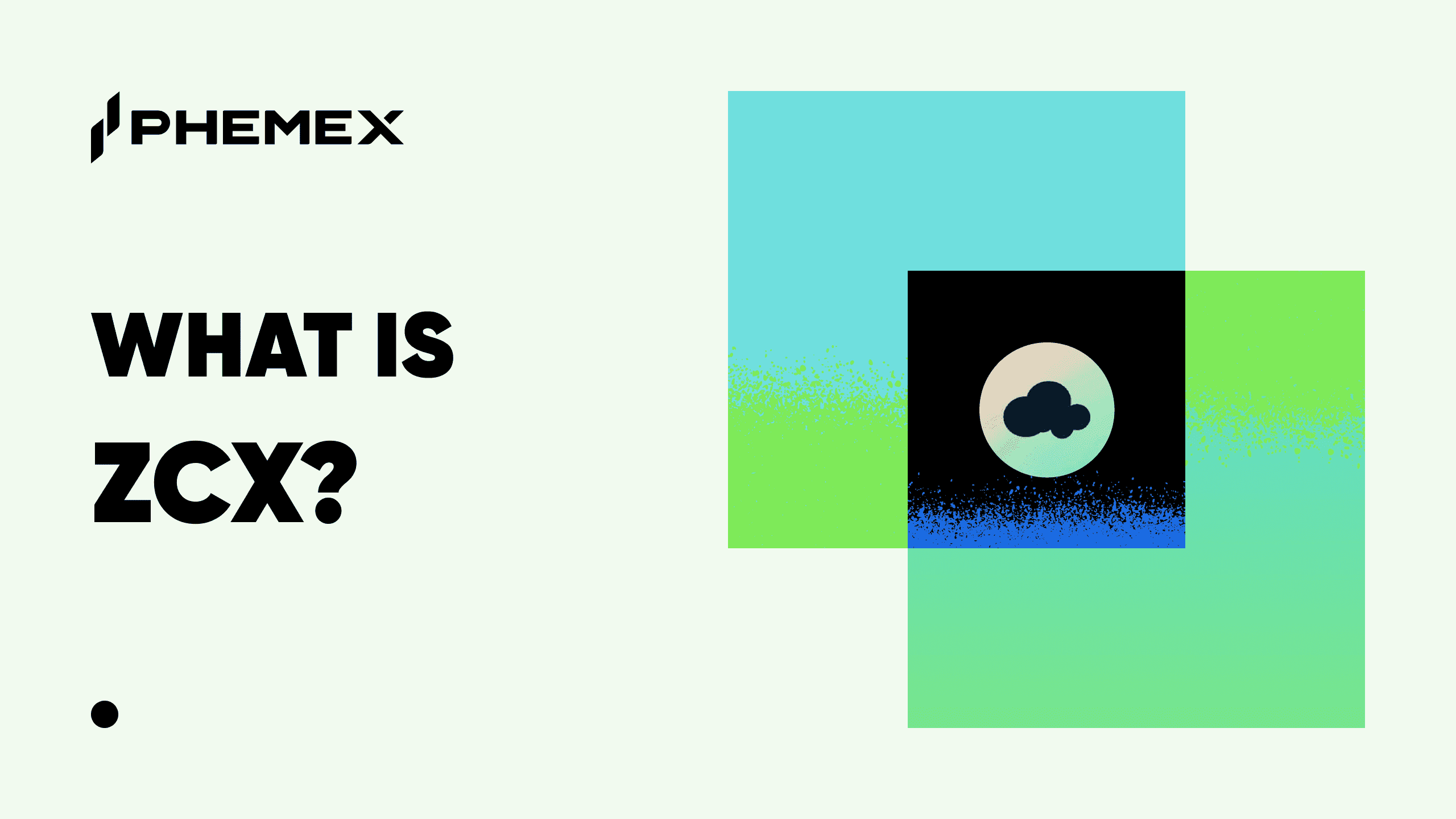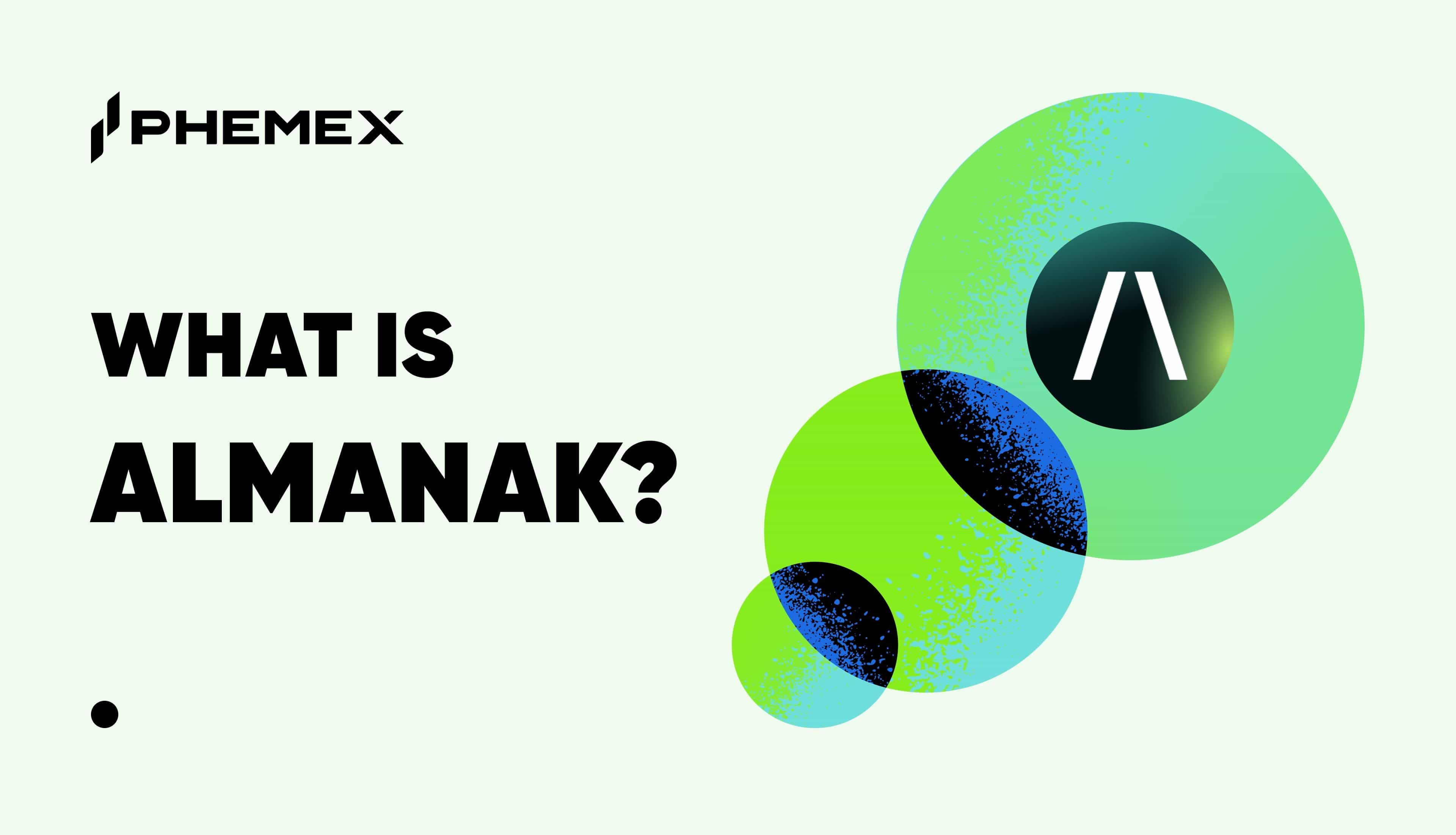What is Automated Market Maker?
An Automated Market Maker (AMM) is a vital component of the Decentralized Finance (DeFi) landscape. It facilitates the trading of digital assets in a decentralized and automated manner through liquidity pools instead of the traditional market framework involving buyers and sellers. In an AMM, participants contribute crypto tokens to liquidity pools. The value of these tokens is set by a predefined mathematical algorithm. These liquidity pools serve diverse functions and have become a crucial tool within the DeFi sector.
Market makers are key players responsible for maintaining liquidity for assets in a trading environment that might otherwise lack fluidity. They achieve this by conducting buy and sell operations using their own resources, aiming to profit primarily from the spread, which is the difference between the highest buying price and lowest selling price. Their trading activities enhance liquidity and help reduce the price volatility associated with larger transactions.
AMMs, particularly in the context of decentralized exchange (DEX) systems, have gained significant traction, offering substantial liquidity across a broad spectrum of digital tokens.
How do AMMs work?
In contrast to traditional exchange platforms where trading relies on the central limit order book model, where buyers and sellers propose different prices and orders are matched accordingly, Automated Market Makers (AMMs) operate distinctly. Traditional exchanges depend on liquidity either from their reserves or provided by individual market makers to facilitate trades. In contrast, AMMs use liquidity sourced from users and consolidated into what is known as a liquidity pool. These pools function through liquidity providers who "deposit" equal values of two or more tokens into a smart contract, making these funds available for trading by other users.
AMMs are now the predominant method for token trading within the Decentralized Finance (DeFi) ecosystem. Many AMMs employ a “constant product market maker” formula to maintain stable prices for tokens in liquidity pools.
Joining a liquidity pool is accessible to anyone with a self-custody wallet and compatible tokens. Participants are incentivized to contribute their tokens to these pools by receiving a portion of the trading fees generated, proportional to their contribution.
For example, Uniswap, a decentralized exchange built on Ethereum, stands as a prime example of an AMM. It offers over 1,500 ERC-20 trading pairs and boasts more than $3.45 billion in user-contributed liquidity. Since its inception in 2018, Uniswap has facilitated over $1.2 trillion in trade volume across more than 125 million trades. Other notable AMMs include Curve and Balancer.
What Are Liquidity Pools and Liquidity Providers?
Liquidity, in the context of asset exchange, refers to the ease with which an asset can be converted to another asset, typically a fiat currency, without impacting its market value. Prior to the advent of Automated Market Makers (AMMs), achieving liquidity was a significant challenge for decentralized exchanges (DEXs) on the Ethereum platform. Given the nascent nature of the technology and its complex interface, the pool of buyers and sellers was limited, making regular trading difficult. AMMs have addressed this issue by establishing liquidity pools and incentivizing liquidity providers to supply these pools with assets. The greater the volume of assets in a pool, the more liquidity it possesses, thereby facilitating smoother trading on DEXs.
In AMM-based platforms, trading is conducted against a pool of tokens, termed a liquidity pool, rather than through traditional buyer-seller interactions. Essentially, a liquidity pool is a collective cache of tokens. Participants contribute tokens to these pools, and the pricing of these tokens is governed by a specific mathematical formula. Adjusting this formula allows for the optimization of liquidity pools for various functions.
Becoming a liquidity provider is accessible to anyone with internet access and possession of ERC-20 tokens. They can participate by contributing tokens to an AMM’s liquidity pool. Liquidity providers generally earn fees for their contribution, paid by traders who engage with the pool. Additionally, a recent development in this domain is the opportunity for liquidity providers to accrue yield in the form of project tokens through a process known as “yield farming.”
What are the advantages of using AMMs?
- Decentralized Trading: AMMs leverage blockchain technology to facilitate decentralized, trustless trading without the need for intermediaries. Users can trade directly through a self-custody wallet without the need to register, share personal information, or entrust their funds to a third party.
- Access to More Liquidity: AMMs provide access to a broad range of trading pairs not commonly available on traditional exchanges. They also offer liquidity pools that support the trading of multiple assets simultaneously, enabling more sophisticated trading strategies.
- Lower Fees: Unlike centralized exchanges that typically charge higher fees as their main revenue source, AMMs generally impose significantly lower fees, making trading more cost-effective. For example, Uniswap charges only a 0.3% fee per trade.
- Automatic Pricing: The pricing of assets in AMMs is determined algorithmically, reducing certain risks associated with centralized exchanges, such as frontrunning on asset releases.
- Increased Flexibility: Due to their open-source nature, AMMs can be integrated into various DeFi protocols, including those for lending and borrowing, offering enhanced flexibility in the DeFi ecosystem.
What Are the Different Automated Market Maker (AMM) Models?
The domain of Automated Market Makers (AMMs) encompasses various models, primarily characterized by how they maintain the balance of assets and determine prices. The first-generation AMMs, notably popularized by platforms like Bancor, Curve, and Uniswap, fall into the category of Constant Function Market Makers (CFMMs). These operate on the principle that the combined reserves of asset pairs in trading must remain constant. In these non-custodial AMMs, user deposits are aggregated within a smart contract, providing liquidity for token swaps. Users trade against this smart contract (the pooled assets), instead of directly with a counterparty, as seen in traditional order book exchanges.
Constant Product Market Maker (CPMM)
The Constant Product Market Maker (CPMM) model, spearheaded by Bancor, was the first type of CFMM to emerge. This model is foundational to many AMM-based Decentralized Exchanges (DEXs).
Constant Sum Market Maker (CSMM)
The Constant Sum Market Maker (CSMM) is another type, best suited for trades with zero price impact. However, it does not offer infinite liquidity, a limitation in certain trading scenarios.
Constant Mean Market Maker (CMMM)
The Constant Mean Market Maker (CMMM) is a more versatile model, allowing for AMMs that can handle more than two tokens and support weightings beyond the conventional 50/50 distribution.
Problems of First-Generation AMM Models
First-generation AMMs often struggle with issues like impermanent loss and low capital efficiency, affecting both liquidity providers and traders.
Impermanent Loss
Impermanent loss describes the discrepancy in value that occurs over time when comparing the act of depositing tokens in an AMM to simply holding them in a wallet. This loss happens when the market-wide price of tokens in an AMM diverges in any direction. Since AMMs do not automatically align their exchange rates, they depend on arbitrageurs to balance the price discrepancy by buying undervalued assets or selling overvalued ones until the AMM’s prices reflect those of external markets. The profits gained by arbitrageurs effectively come from the liquidity providers, resulting in a loss for them.
Low Capital Efficiency
Traditional AMM models necessitate large liquidity reserves to match the price impact level of an order book-based exchange. A significant portion of this liquidity becomes available only when the pricing curve turns exponential, meaning that most of it remains unused by rational traders due to high price impacts. Consequently, AMM liquidity providers lack control over the specific price points offered to traders, leading to the characterization of AMMs as providers of “lazy liquidity” - underutilized and poorly allocated. In contrast, market makers on order book exchanges can precisely control their buying and selling price points, resulting in higher capital efficiency but requiring active management and oversight of liquidity provisioning.
What's the future of AMMs in the cryptocurrency ecosystem?
AMMs have already established a critical role in the Decentralized Finance (DeFi) arena and are poised for continued growth and evolution. Future developments may include the expansion of asset support, the introduction of innovative features, and increased integration with other DeFi protocols. These advancements are expected to further contribute to the broader decentralization and innovation trends within the cryptocurrency ecosystem.
Read More
- What is an Automated Market Maker?
- Market Makers vs. Market Takers on Crypto Exchanges: All you Need to Know
- What is a Liquidity Pool: Achieving Efficient Asset Trading
- What Are Decentralized Applications (dapps)?
- What Is DeFi: How To Be Your Own Bank With $100
- What is AML in Cryptocurrency Markets
- Efficient Market Hypothesis (EMH): Does Crypto Follow?
- What is a Liquidity Provider & How does it Work?








